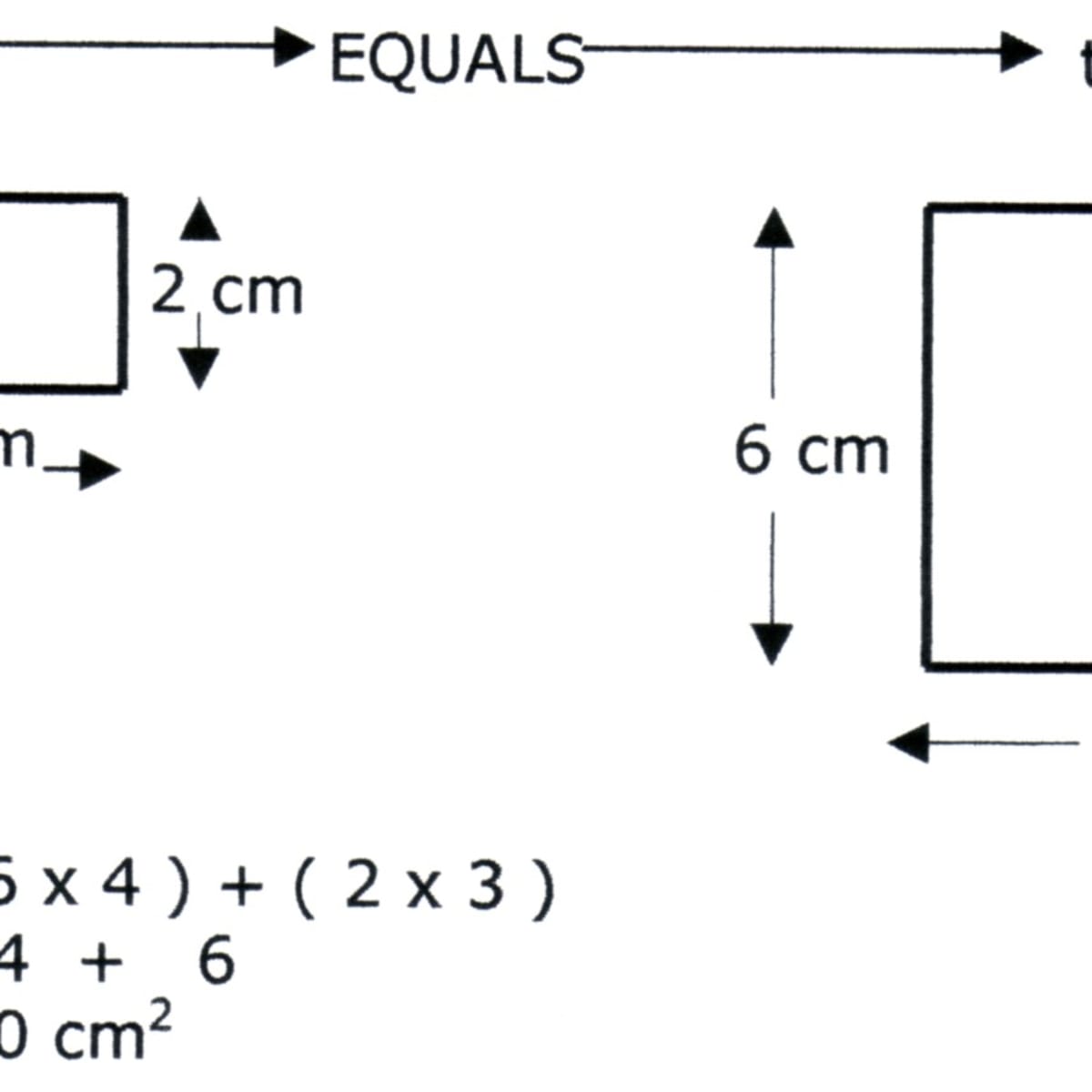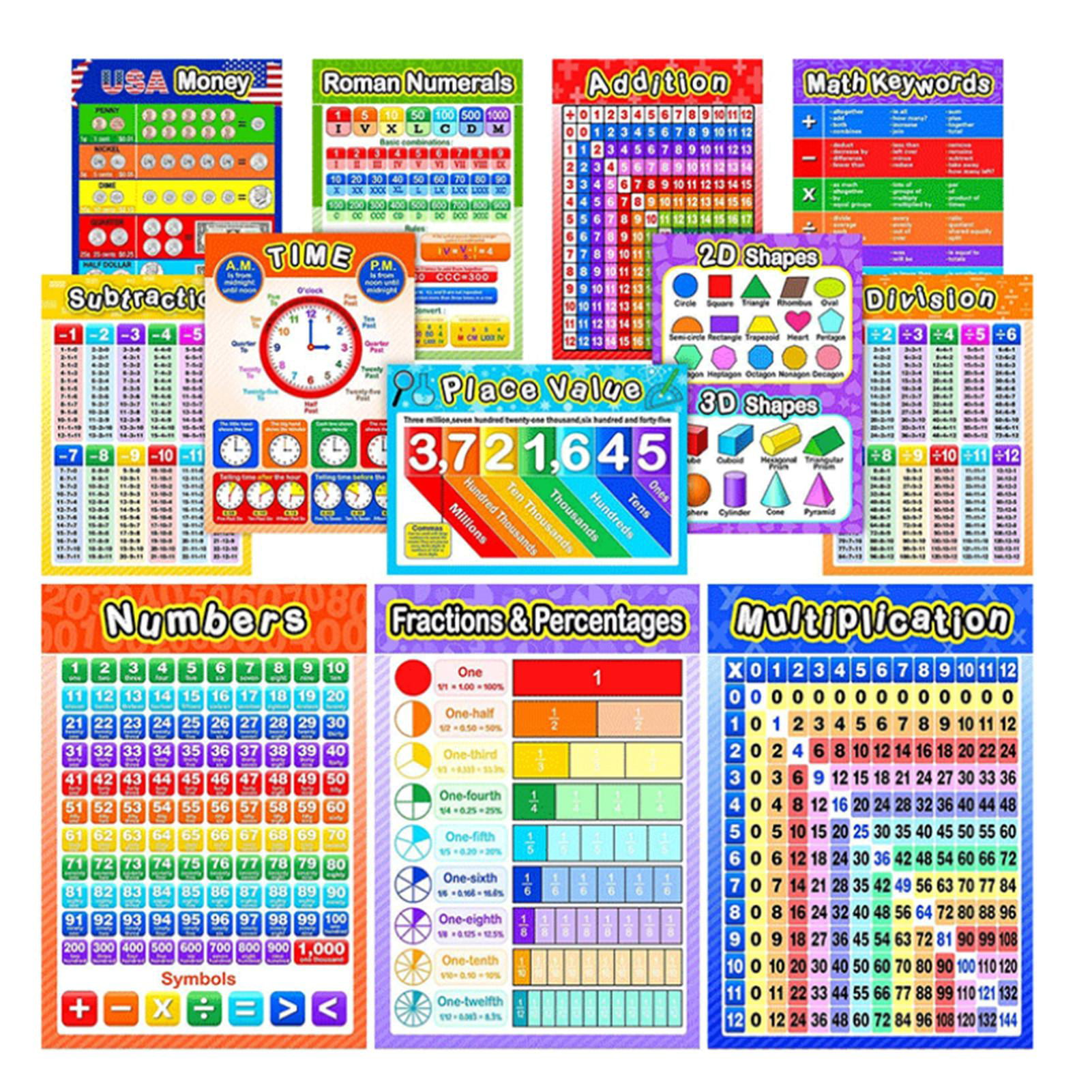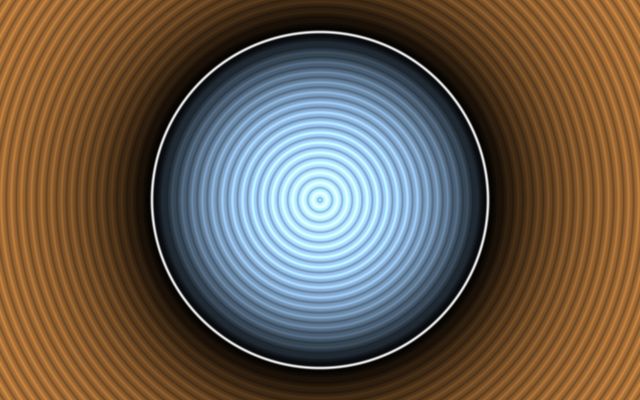A 2D shape is any shape that has two dimensions. Think about what it means to have two dimensions for a moment. If we had only one dimension to work with, we could only move backwards or forwards. 2-D and 3-D shape. Lessons in this unit. 2D and 3D shape: To identify, describe and classify shapes based on the properties (Part 1) 15m video. 2D Shapes Game (Concentration) In this 2D shapes game, students will click on two cards at a time to match the picture of a two-dimensional shape with the correct word that defines it. If there is a match, the figure and its name will disappear from the page; if not, the cards will be turned over.
【Fun Toys】: Upgraded magnetic blocks basic set- this 3D magnetic tiles combine with 2D and 3D patterns, animals, houses, planes cars etc to develop kids' imagination, creativity and mind. 【Educational STEM toys】: 2 different random colors on each side of each magnetic tile.
No doubt we’re all familiar with circles:
Less familiar, though, may be the many technical terms for certain parts of the circle — the kinds of terms that most people leave behind in high school. But knowing what those terms mean can help you on the GRE by giving you a vocabulary that helps you to understand the formulas and the problems (it’s easier to learn how to find the area of a circle’s sector, rather than “the bit of the circle left over when you cut off the circular bit”).
Circle: A 2D shape whose points are always the same distance from some central point.
Center: The center of a circle is the point within the circle from which every point of the circle is the same distance. We often label the center and use it to identify the circle (e.g. “the circle whose center is at A”).
Radius: Any line from the center of a circle to any point on the circle. We often use the variable for the length of the radius.
The radius of a circle is often very important because it allows us to find the area of that circle:
Area of a Circle: The area of a circle with radius is
Diameter: Any line that connects two points on the circle and the center of the circle. We often use the variable for the length of the diameter.
And of course, using the diameter, we can always find the radius of a circle:
Diameter Formula: For a circle with radius , the diameter
Circumference: The distance around the circle.

And we can find the circumference of a circle using the diameter:
Circumference Formula: The circumference of a circle with a radius is
Thus, the area of a circle, its radius, its diameter, and its circumference are all related. Using any one of these values, we can find the other three!
Chord: Any line segment that connects two points on a circle.
Note also that:
Diameter is Longest Chord: The diameter of a circle is also a chord of the circle and, in fact, it is the longest chord on a circle.
First, it is clear that a diameter is a chord, since it satisfies the definition of a chord. Any line that connects two points on the circle with the center is also a line that connects two points on the circle!
Now, why is it the longest chord? Here's a picture that might help:
And notice that you can take any chord, say this one:
And rotate it so that it looks like:
And rotating it doesn't change its length. So then it clearly looks shorter than the diameter.
Of course, this is not a proof. It's just a picture that might help in making the claim a bit more intuitive. But if you want an actual proof.. here is one due to Euclid:
Take any chord other than a diameter.
Draw radii from the center to A and from the center to B, so that we get:
By the Triangle Inequality, the sum of the two sides and must be greater than the third side, But and are just radii of the circle so they have the length of the radius . And the diameter so we get . So any chord other than the diameter must be less than the length of the diameter. In other words, the diameter is the longest chord.
Arc: Download apple mac os x el capitan. Any portion of a circle’s circumference located between two points on the circle.
Sector: A portion of the circle enclosed by two radii and an arc
Some GRE problems will ask you to find the area of some sector of the circle. We will talk about how to handle those problems later (%TODO insert hyperlink here).
Tangent: A straight line that touches a curve or circle at a single point
Point of Tangency: The point at which a tangent line touches a curve. Note that the tangent line (in red below) will be perpendicular to any line connecting the center and the point of tangency.
Finally, circles can be drawn within or around other shapes:
Inscribed:Circles can be inscribed within other shapes. An inscribed circle is the largest possible circle that can be drawn wholly within another shape. For example:
Circumscribed: Circles can also be drawn around other shapes. A circumscribed circle is the smallest possible circle that can be drawn wholly outside of another shape. For example:
And circles can share a center:
Concentric Circles: Two circles are concentric if they share the same center.
Practice Problems:
1. Draw a circle inscribed within a square
Sometimes, geometry problems will describe a problem in only words without providing a diagram. It therefore helps to be able to draw, at least to some rough approximation, a diagram from just a textual description.
[ss_toggleable_text]
2. The below circle has a radius of . Which is larger?
Area of 52
A. Area of is larger
B. 52 is larger
C. They are equal
D. It cannot be determined
[ss_toggleable_text]
At first glance, this problem may seem unsolvable since, after all, we are given almost no information about the figure We don't know any of the angles within, or even if angles like are right angles or not.
However, notice that the shape ABCDE is wholly within the circle. And we are given that the circle has a radius of . So the area of cannot exceed And since . Thus, the area of must be less than or equal to 36, and so must be less than 52.
This solution suggests a general strategy for geometry problems: if directly calculating some area looks impossible, see if you can use the surrounding shapes to give an upper or lower bound for the area.
3. The radius of the below circle is 1. What is the area of the shaded region?
It will be easier to calculate the area of all four regions within the square but outside of the circle:
[Diagram showing those four regions highlighted]
To do so, we simply take the area of the square and subtract the area of the circle. We know that the radius of the circle is 1. And the diameter of the circle is equal to the length of one of the square's sides. So, we know that the square has an area of . Subtracting the radius of the circle, we get that the area of all four such regions is But all four regions have the same area. This is somewhat intuitive, and can also be proven (although you don't need to) by noticing that you can rotate the figure 90 degrees without changing anything. Thus, the area of any one region is:
4. Which is longer?
A. is longer.
B. is longer.
C. They are equally long.
D. It cannot be determined.
This question relies on a very specific fact: the diameter is the longest chord of a circle. We see that is a diameter but is not. Therefore, is longer than . If you did not get this problem, no need to worry; that fact is so specific, it likely won't come up more than once (if it comes up at all) when you take the GRE.
5. The radius of the following inscribed circle is 5, and the radius drawn connects to a point of tangency. What is the area of the shaded region?
Since the radius connects to a point of tangency, there must be a right angle there with the tangent line. We also know that the height of the triangle drawn must be equal to the radius of the circle, namely 5. There are two ways to finish solving the problem.
One way to solve the problem would be to find the area of that triangle and subtract the sector of the circle that is within the triangle. We know that the triangle is a right isosceles triangle, since the base and height are both equal to 5. So the angle in the center must be 45 degrees and thus the area of that sector must be: or Thus, we get:

Or, we could notice that the highlighted segment is exactly one-eighth of the area of the square minus the area of the circle. This is because it is half the area of:
[diagram of above with the other half of the diagonal bit highlighted]
which in turn is one fourth the area of
[diagram with all four corners highlighted]
As the square has sides of units, we get that the answer must be which matches our answer above.
6. The shaded region has an area of 5. What is the area of the circle?
This problem is a variant on question 5. In general, geometry questions can easily swap what information they provide and what answer they want. In this case, we know that for a circle with radius , the area of the square will be and the area of the circle will be so that the area of the highlighted portion will be Setting that equal to 5, we get:
2d Shapes Kindergarten
Not a pretty answer, but it works out to be about 6.83.
Shape Activities & Worksheets
High quality printable resources to help children identify, understand and use 2D shapes and 3D shape.
2D Shape Activities

| 2D Shape Match Draw lines to match the 2D shapes to the correct names. | Cut and Paste: Name the Shape Cut and paste to match the 2D shapes to the correct names. | Find the Squares Circle the given shapes from a collection of many different 2D shapes. |
2d Shapes Games
| Cut and Paste: Match the Properties Cut and paste to match the 2D shapes to the correct names to the correct properties. | List the Properties: 2D Shapes List the properties of the given 2D shapes (sides, vertices/corners, curved or flat sides). | Match 2D Shapes to Objects in Real Life Write the name of each 2D shape and then give examples of where they are found in real life. Undo redo. |
2D shape challenge: Draw or construct an animal using at least four different 2D shapes. |
2d Shapes Examples
3D Shape Activities
| 3D Shape Match Draw lines to match the 3D shapes to the correct names. | Cut and Paste: Name the Shape Cut and paste to match the 3D shapes to the correct names. | Cut and Paste: Match the Properties Cut and paste to match the 3D shapes to the correct names to the correct properties. |
| List the Properties: 3D Shapes Complete this table by writing the properties of 3D shapes. | Match 3D Shapes to Real Life 1 Write the name of each 3D shape and then give examples of where they are found in real life. | Design an Animal! Draw or construct an animal using at least four different 3D shapes. |
| List and Identify 3D objects from A-Z List three-dimensional objects that begin with each letter of the alphabet. | What Am I? Blank Template Create a series of clues that describe a shape of your choice. | Make a New Shape! Design Challenge: Invent a new shape! |
Card Set: Making Shapes(New!) Challenge children to visualise and then make increasingly complex shapes using blocks. |
Symmetry Worksheets
2d Sports

| Finish the Shapes Sheet 1 Use the symmetry line to help complete the missing part of each shape. | Finish the Shapes Sheet 2 Use the symmetry line to help complete the missing part of each shape. | Finish the Shapes Sheet 3 Use the symmetry line to help complete the missing part of each shape. |
Transformation Worksheets
| Flip, Slide or Turn? Circle to show how the shapes have changed. | Letters Flip Slide or Turn? Practise transformations with letters. | Half Turn or Quarter Turn? Identify the turn of each shape. Rufus download for mac os x. |
What Is A 2d Shape
Follow the instructions to transform each of the shapes. |
2d Shapes Anchor Chart
Different Views of 3D Objects
| Draw Different Views Sheet 1 Draw the front view, side view and top view of each of the 3D objects. | Create Own 3D Object Create own 3D object and draw in different views, including isometric. |
